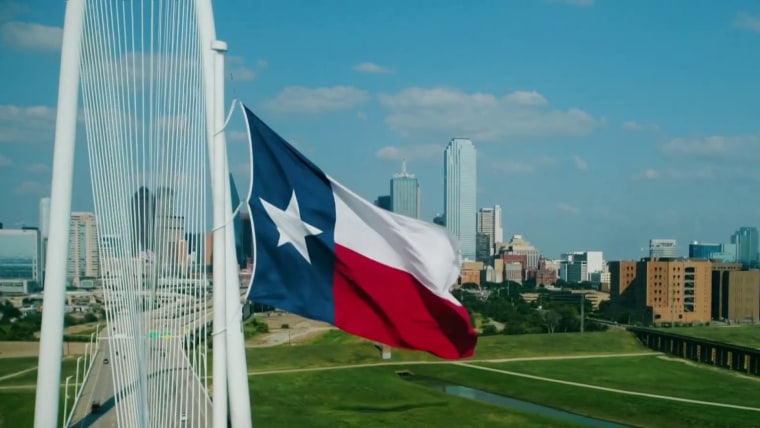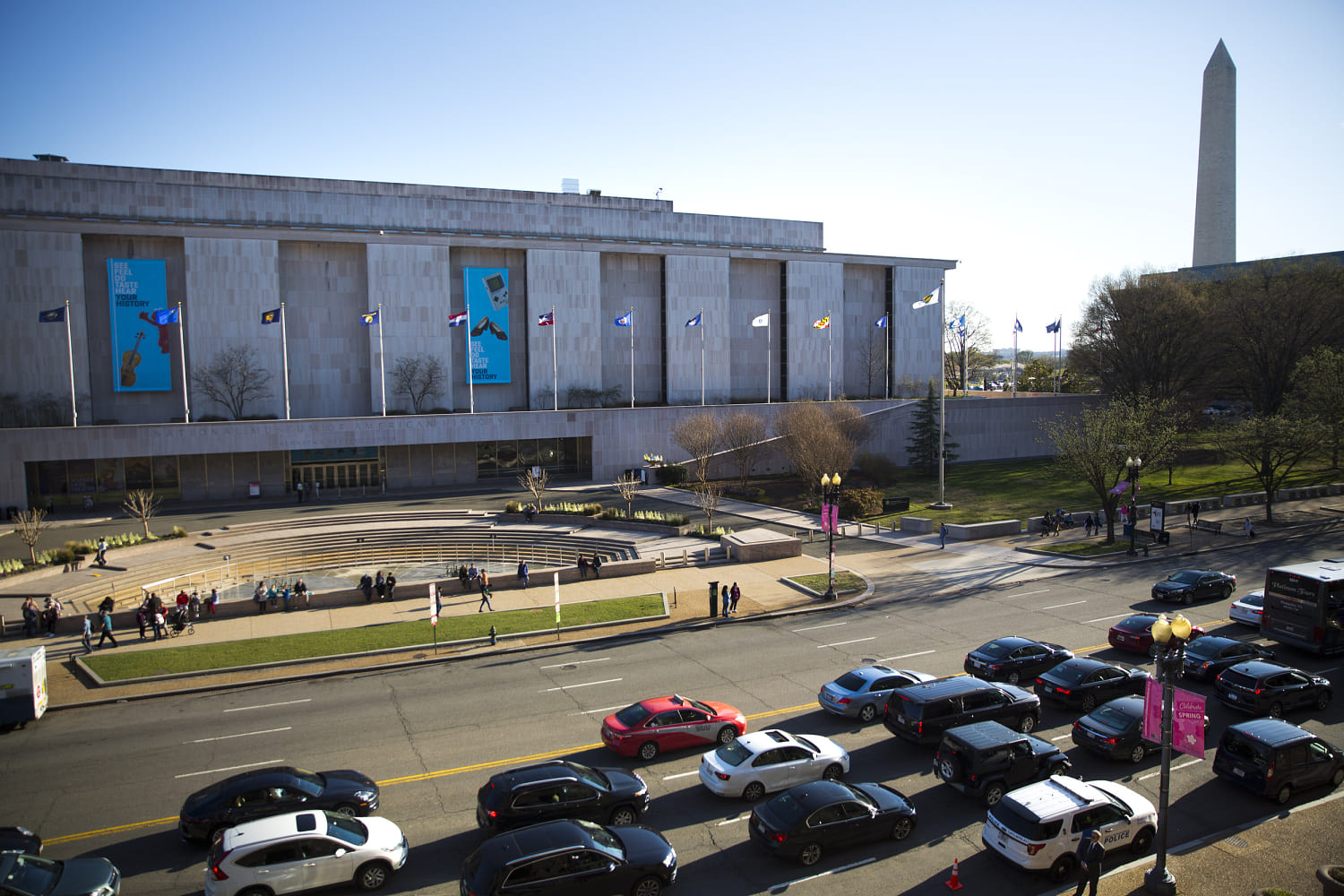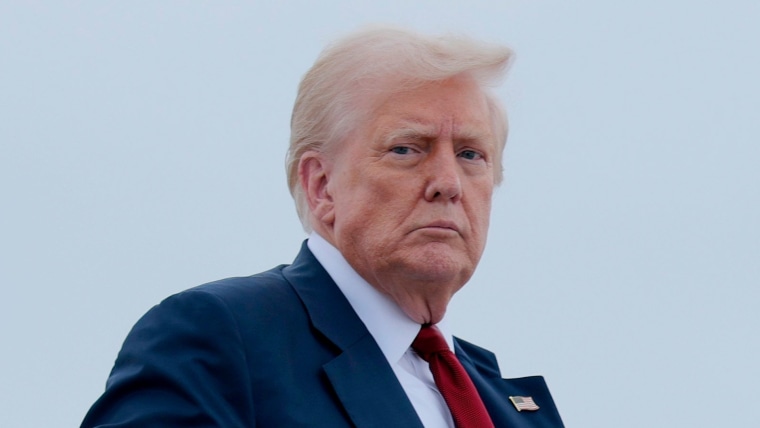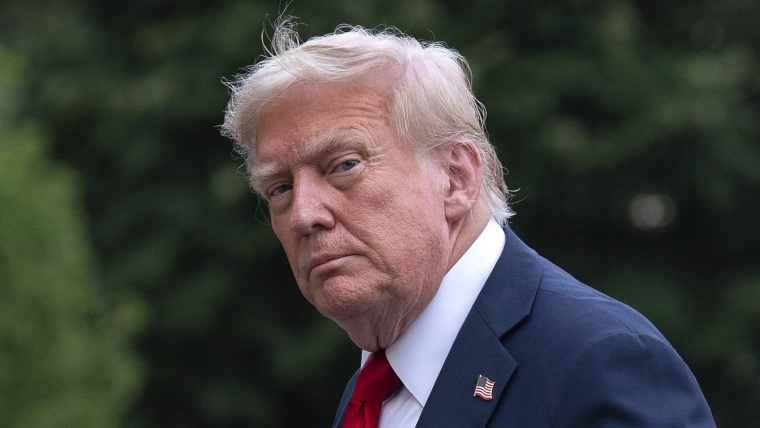Trump formalizes tariff cuts for U.K. as trade talks continue
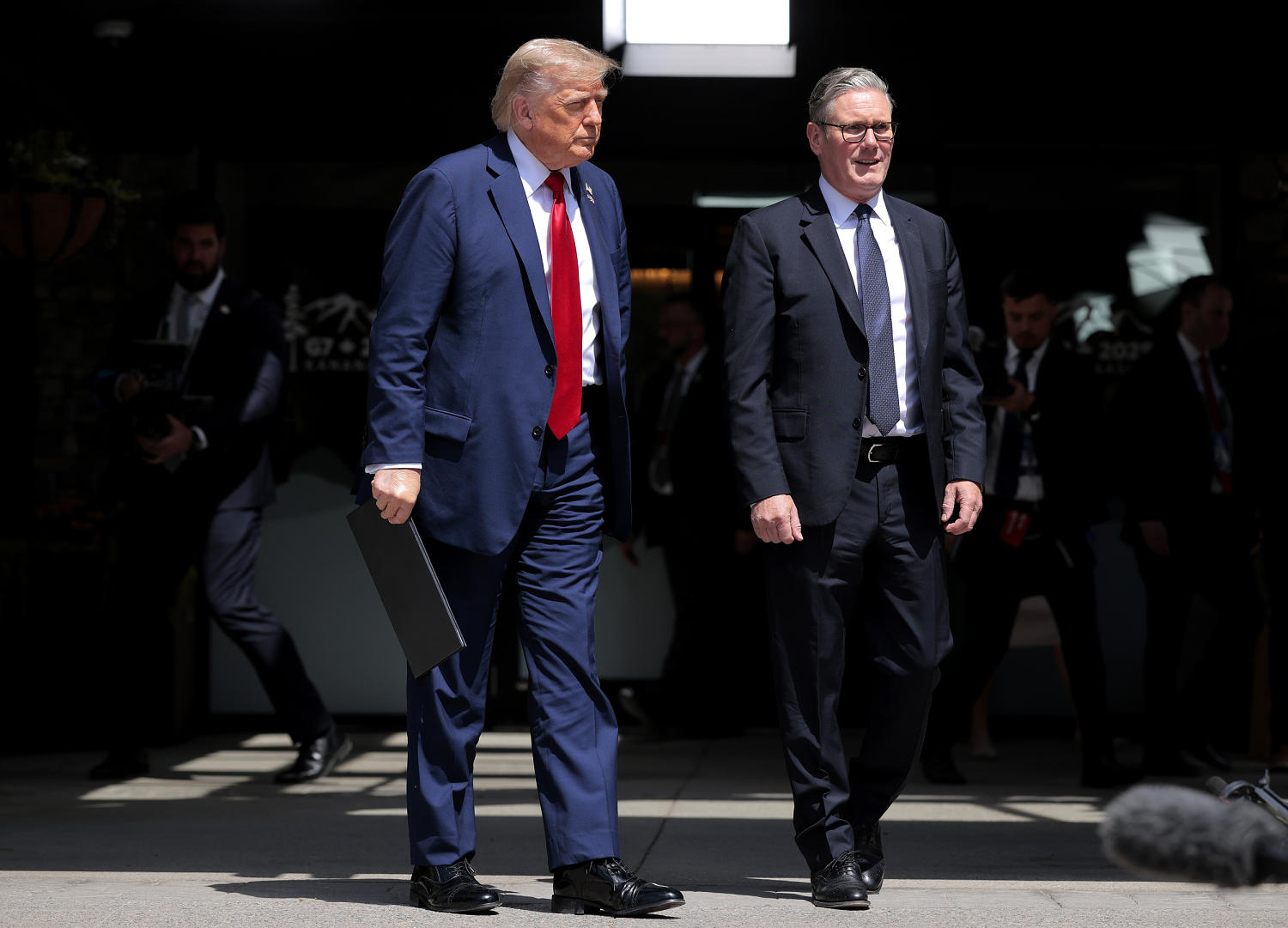

President Donald Trump signed an agreement Monday formally lowering some tariffs on imports from the United Kingdom as the countries continue working toward a formal trade deal.
Trump lowered tariffs on the U.K. aerospace sector to zero, which will take effect by the end of the month according to the U.K. Department for Business and Trade. The document also lowers tariffs on U.K. auto imports to 10% on the first 100,000 vehicles, according to the White House. Previously vehicles imported from Great Britain faced a 27.5% duty.
However, the agreement does not lower steel tariffs to zero as the two leaders agreed in May. “As the Prime Minister and President Trump have again confirmed, we will continue to go further and make progress towards 0% tariffs on core steel products,” the U.K. government said in a statement. In the meantime, imports of U.K. steel products will continue to face a 25% duty.
“This now implements on car tariffs and aerospace. It’s a really important agreement, and so this is very good day for both of our countries,” U.K. Prime Minister Keir Starmer said.
Trump said alongside him: “It’s a fair deal for both, and it’s going to produce a lot of jobs, a lot of income. And we have many, many others coming.”
The original agreement with the U.K. announced last month is so far the only trade deal Trump has reached since he slapped every U.S. trading partner with a dizzying array of tariffs on April 2. He paused implementing those tariffs for 90 days after the announcement rocked global markets.
Monday’s agreement also implements “reciprocal access to 13,000 metric tonnes beef for both US and British farmers,” the U.K. said.
While the U.K. just makes it into the top 10 of America’s trading partners, the deal is critical for Starmer, who revealed in an impromptu visit to a Jaguar Land Rover factory in England last month.
Starmer and his Labour government are pushing to grow the U.K. economy, which contracted in April amid a record fall in exports to the United States.
Starmer’s government also had to partly nationalize the last major steel plant in the U.K. as the industry increasingly moves abroad, primarily to Asia.
For Trump’s part, his government has repeatedly promised to sign “90 deals in 90 days.”
“I’m telling you, these countries are calling us up, kissing my a–,” he said in April before his reciprocal tariffs were due to go into effect. “They are dying to make a deal. ‘Please, please, sir, make a deal. I’ll do anything. I’ll do anything, sir!’”
With 68 days having elapsed since Trump’s so-called Liberation Day tariffs were paused, the U.K. deal remains the only deal on paper, but it has not been formally implemented in full.
Treasury Secretary Scott Bessent, U.S. Trade Representative Jamieson Greer and Commerce Secretary Howard Lutnick have held at least six days of meetings with China on two occasions but have not reached any type of deal.
Likewise with the European Union, America’s largest trading partner, Greer has held talks with its trade chief a handful of times, but there is still no deal in sight for the 27-nation bloc.
Japan’s economic minister has also met with the three U.S. officials multiple times, including for 70 minutes Sunday. However, Japan is still working to reach a formal deal with the United States.
Recently, as he appeared to grow irritated with repeated questions about the lack of trade deals, Trump began saying the United States would start “sending letters out” telling countries “what the deal is,” rather than negotiating one.
“We have, at the same time, 150 countries that want to make a deal. But you’re not able to see that many countries,” Trump said in early May. “So at a certain point, over the next two to three weeks, I think Scott and Howard will be sending letters out.”
Trump said again in mid-June that the United States would send letters informing other countries about their tariff rates “in about a week and a half, two weeks.”


